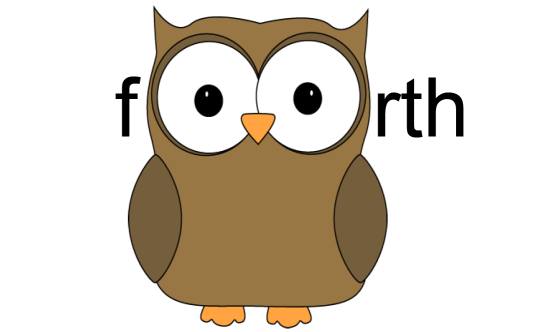2.5 KiB
The fOOrth language is an experimental variant of FORTH that attempts to incorporate object oriented and functional programming concepts. It also tries to extrapolate an alternate reality where FORTH was not frozen in the past, but continued to grow and develop with the times. Above all this project is the result of nearly 30 years of thought on the design of threaded compilers and languages with simplified grammars and syntax.
Community
While it is still very much a work in progress, you are invited to see The
fOOrth Programming Language web site at:
http://www.foorth.org/
Installation
Add this line to your application's Gemfile:
gem 'fOOrth'
And then execute:
$ bundle
Or install it yourself as:
$ gem install fOOrth
The fOOrth gem itself is found at: ( https://rubygems.org/gems/fOOrth )
Usage
Adding fOOrth can be as simple as:
require 'fOOrth'
XfOOrth.main
This will launch an interactive fOOrth session. Alternatively this can be done with:
$ fOOrth
or
$ rake run
Be sure to be in the folder that contains the rakefile in order for the latter command to work.
If, instead, a non-interactive facility is required, use:
require 'fOOrth'
XfOOrth.virtual_machine.process_string '1 2 +'
where the string is fOOrth code to be executed, or for a file of code, use:
require 'fOOrth'
XfOOrth.virtual_machine.process_file 'my_file.foorth'
Further Documentation
The fOOrth Language System is documented in The fOOrth User Guide. This is currently only available in Open Office and PDF formats. The guide tracks changes in the language fairly closely. The most current guide in PDF format may be found at the community web site above.
This code repo also has PDF formatted guides for majot revisions.
Contributing
Plan A
- Fork it ( https://github.com/PeterCamilleri/fOOrth/fork )
- Switch to the development branch ('git branch development')
- Create your feature branch ('git checkout -b my-new-feature')
- Commit your changes ('git commit -am "Add some feature"')
- Push to the branch ('git push origin my-new-feature')
- Create new Pull Request
For more details on the branching strategy, please see: http://nvie.com/posts/a-successful-git-branching-model/
Plan B
Go to the GitHub repository and raise an issue calling attention to some aspect that could use some TLC or a suggestion or an idea.
